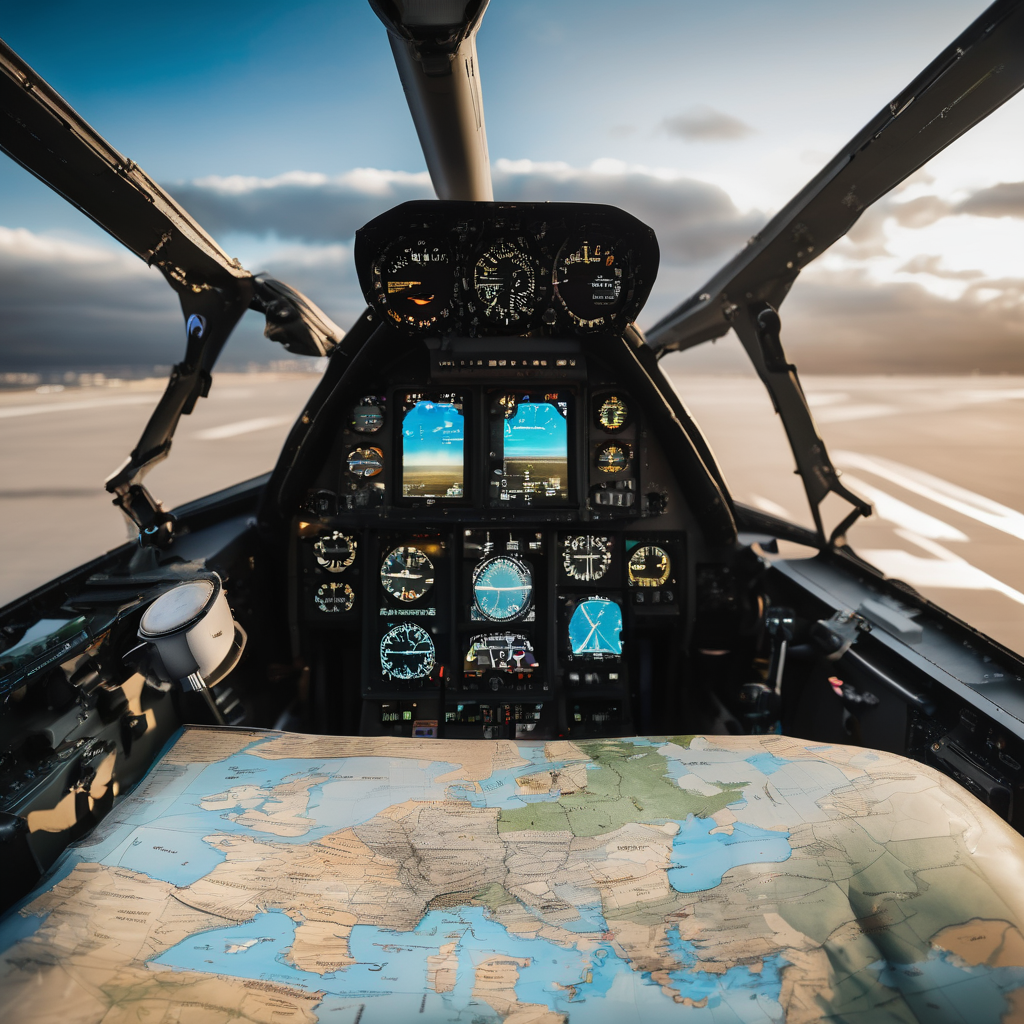NATO’s strategic response regarding incursions by Russian aircraft has come under scrutiny, particularly following recent violations of airspace by Russian fighter jets. Jean-Paul Paloméros, a retired French Air Force general and former Supreme Allied Commander Transformation, expressed in an interview that NATO members should refrain from shooting down Russian aircraft that enter alliance airspace. He emphasized that maintaining composure is essential in the current geopolitical climate.
Last month, Estonia, a NATO member located on the border with Russia, reported that three Russian MiG-31 jets entered its airspace for 12 minutes. This incident marked the fourth violation by Russian aircraft over Estonia this year. In the context of heightened tensions, other European nations have also reported drone activities, with Denmark citing the possibility of Russian involvement, although Moscow has denied any actions.
The U.S. has shown a willingness to support NATO nations in their responses, with President Donald Trump indicating that engaging Russian aircraft was “on the table.” Ursula von der Leyen, president of the European Commission, echoed this sentiment. However, Paloméros advised against taking such measures, stating that NATO’s biggest challenge lies in maintaining its nerve and not giving Russia the provocation it seeks.
Following the Estonian incident, Italian F-35 stealth aircraft, part of NATO’s defensive measures in the Baltic region, were dispatched to respond. The Russian government contended that the jets were on a scheduled flight and adhered to international airspace rules. The three aircraft allegedly traveled near Vaindloo Island without active transponders, a point raised by Estonia’s defense forces.
MiG-31 jets, capable of carrying nuclear and conventional weapons, are a formidable presence. Their recent flights draw attention to the delicate balance of power in the region, and Paloméros has indicated that Russian training levels may result in erratic behavior during such missions.
Kaja Kallas, the European Union’s foreign policy chief and former Estonian prime minister, labeled the airspace breach a “dangerous provocation.” In light of these tensions, Estonia invoked NATO’s Article 4 for consultations, as did Poland in September. Article 4 allows member nations to convene and address perceived threats to their security or territorial integrity. Since NATO’s formation in 1949, this article has been activated nine times, underscoring the alliance’s commitment to collective defense.
As NATO navigates these complex situations, the emphasis remains on preventing escalation while asserting its readiness to act. The alliance’s ability to strike a balance between showing force and avoiding confrontation will be pivotal as tensions with Russia continue to unfold.
